Brief history
Among José Joaquim Costa's first properties, located in Cedovim where he was born, is Quinta Vale D. Aida (Canavezo), which the family has operated since the 19th century.
His son Antonio Joaquim Costa, a visionary at the time, made a unique contribution to the development of the family business and, in particular, to the growth of Quinta do Canavezo, with the cultivation of olive groves and vineyards.
He was succeeded by a daughter, Aida Costa, who managed to preserve the family roots and traditions and passed the Quinta on to her nephews Maria Virginia Costa Almeida and Manuel Duarte Ramos
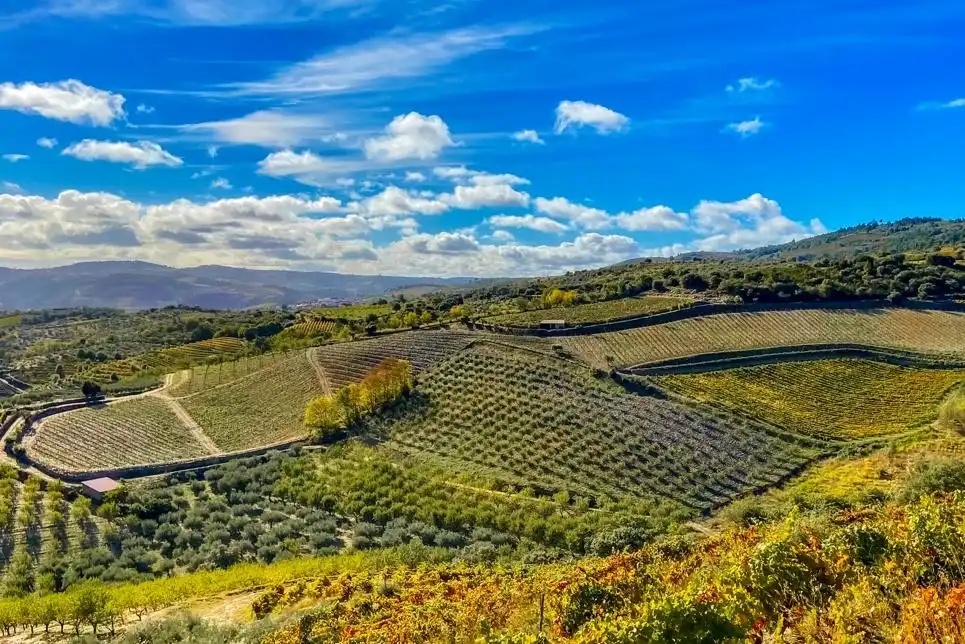
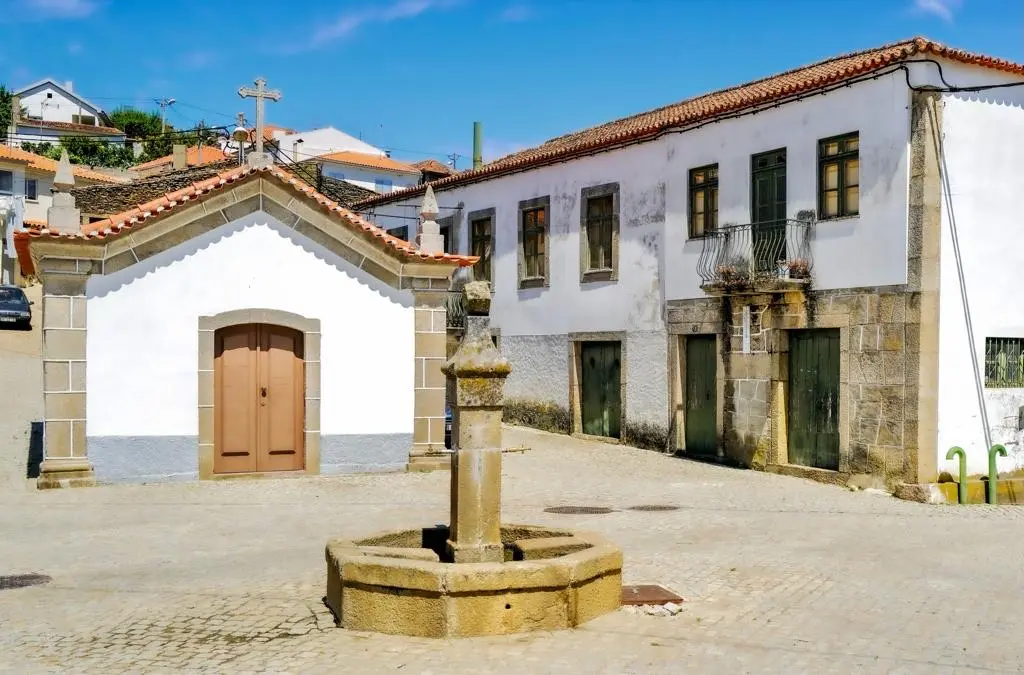
Together they embraced this legacy with honour and pride, beginning a process of renovation and mechanisation of the vineyard, as well as the introduction of new crops such as almonds and walnuts.
Today, with the support and management of their daughters and sons-in-law, new investment projects associated with the vineyard continue to be implemented in the pursuit of excellence and the best use of the unique conditions of Quinta Vale D. Aida's location.
Location
Quinta do Vale D. Aida is located in the upper Douro, in the village of Canavezo, in the parish of Cedovim, in the municipality of Vila Nova de Foz de Côa, at an altitude of around 600 metres.
Location
Quinta do Vale D. Aida is located in the upper Douro, in the village of Canavezo, in the parish of Cedovim, in the municipality of Vila Nova de Foz de Côa, at an altitude of around 600 metres.
It is made up of 12 hectares of vineyards, as well as an extensive area of olive groves, almond groves and walnut groves, totalling 23 hectares. In the centre of the village, we find the dwelling house and other buildings that support agricultural activity.
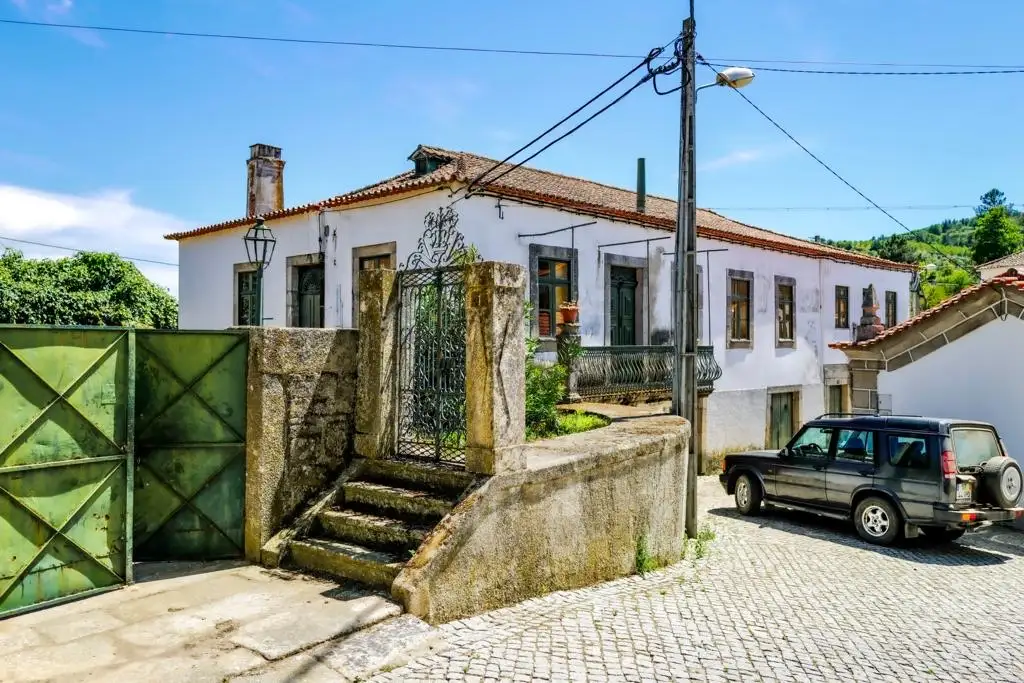

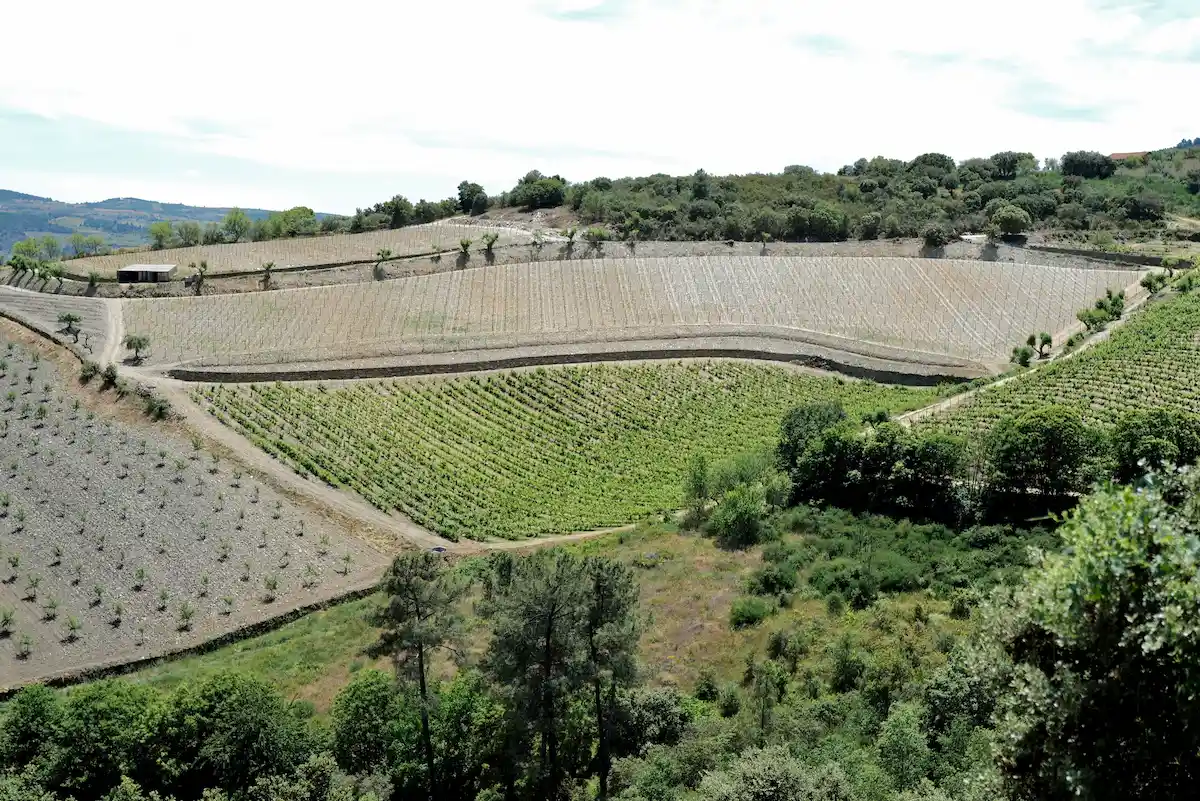

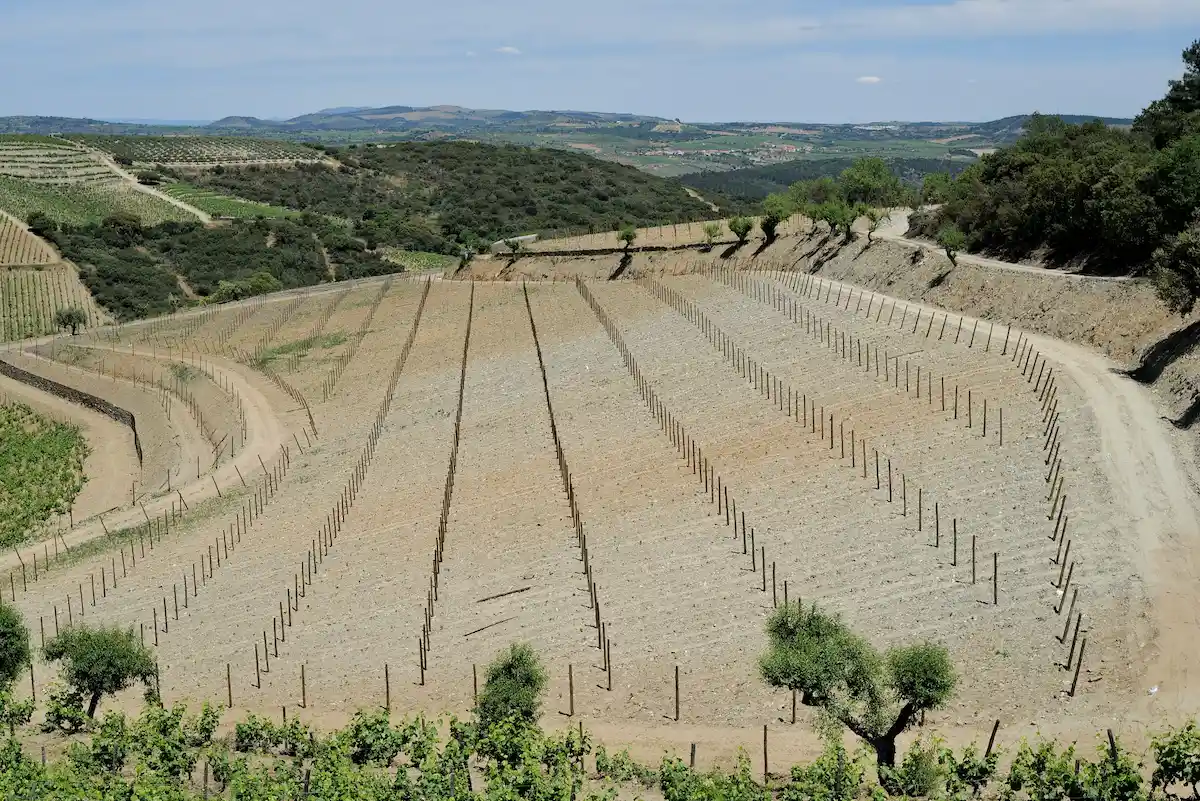
Vineyard characteristics
Land framing
The vineyard is fully mechanised, predominantly planted along the lines of the steepest slopes ('Vinha ao Alto'), with a planting density similar to that of traditional vineyards, in the order of 4,500 - 5,000 plants/ha. The remaining plots are set up on horizontal levels with earth slopes, with 1 row of vines and a lower planting density of around 3,000 - 3,500 plants/ha, which requires large plots to set up.
HANDLING
The vines are trained low down, in a bilateral or unilateral Royat-type cordon, with the height of the bundle between 1.30 and 1.60 metres. The first wire is placed at about 0.6 metres, followed by a single or double wire at 30-35 cm for the first trellis and a final one at the top, 1.40 - 1.50 metres from the ground.
CULTURAL PRACTICES
In line with the operations carried out in other regions, digging, redraining, empa, pruning, fertilising, phytosanitary treatments, pruning and grafting.
CASTAS
Red grape varieties: Touriga Nacional, Touriga Franca, Tinta Barroca, Tinta Roriz, Tinta Amarela e Tinto Cao, entre outras;
White grape varieties: Rabigato, Arinto, Siria e Gouveio.
New challenges
Over the last few years, Quinta Vale D. Aida has benefited from a restructuring programme, with a reformulation of the land, redefinition of vineyard management and renewal of the grape varieties, with the introduction of a greater weight of white varieties, such as Rabigato and Arinto. Climate change has been favouring high-altitude vineyards that produce fresher wines, and the family expects to produce the first white wine in its portfolio - Vale D. Aida - in 2024.

